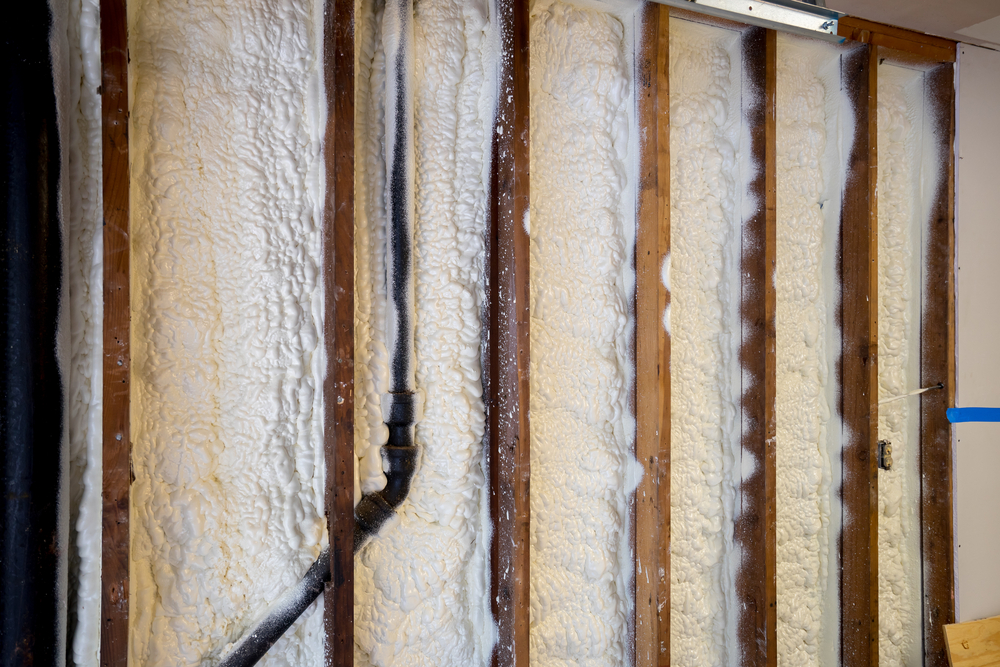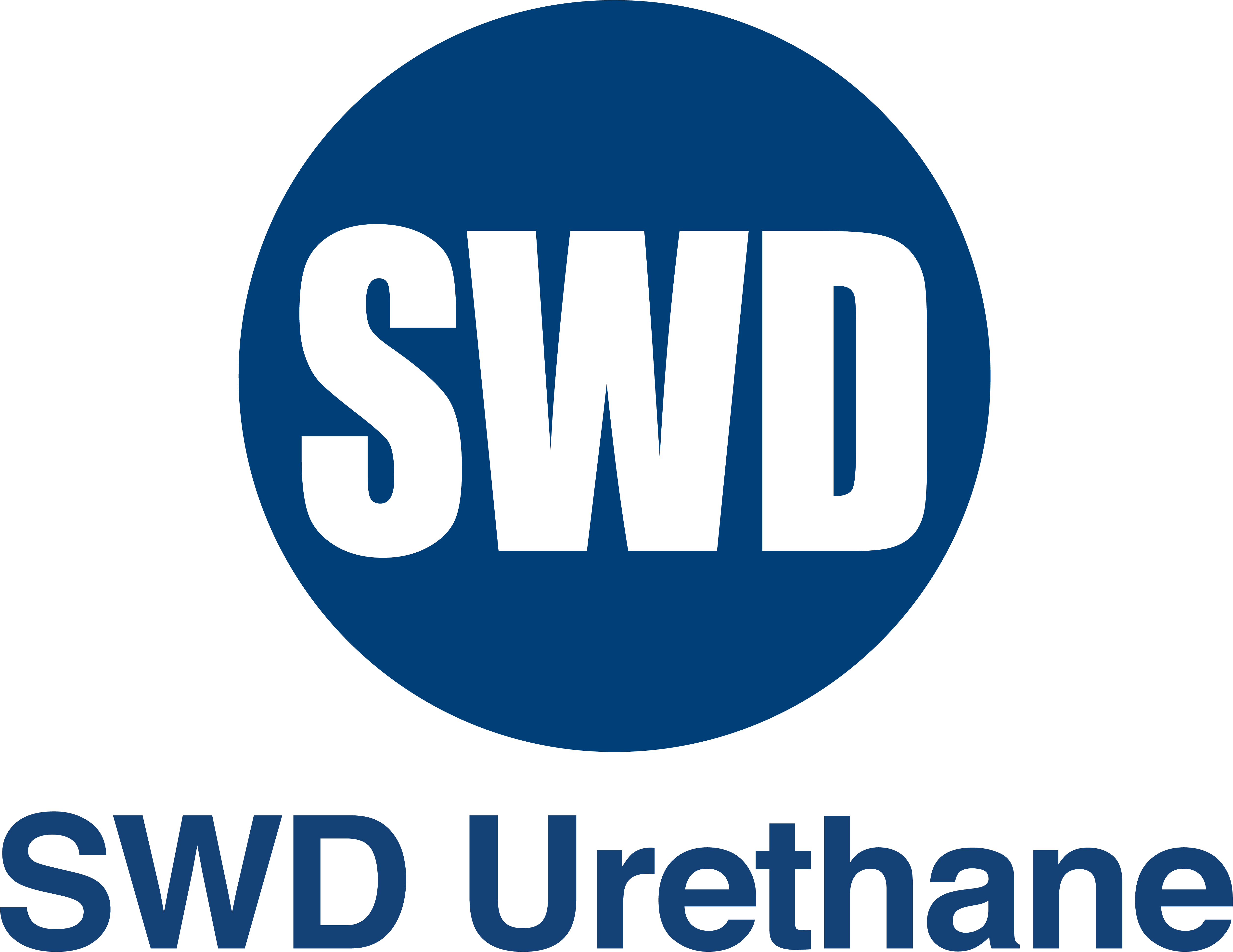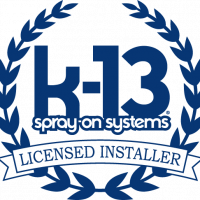
As fall sweeps through California and Nevada, homeowners begin to feel the unmistakable chill of shifting winds sneaking through their homes. While cooler weather is welcome after long, dry summers, it often reveals one of the biggest culprits behind energy loss and discomfort—air leaks. These gaps and cracks in walls, attics, and crawl spaces silently drain efficiency and allow fall drafts to creep inside. One powerful solution stands out among modern insulation methods: spray foam air barrier systems. By sealing the home’s envelope against airflow, spray foam not only combats seasonal drafts but also provides lasting comfort and savings.
Understanding the Home Envelope and Air Sealing
Every house, no matter how well-built, has an invisible boundary called the “home envelope.” This barrier separates indoor conditioned air from the unconditioned outdoor environment. When that envelope is compromised by cracks, gaps, or poor insulation, uncontrolled air movement occurs. The result is uneven temperatures, high energy bills, and greater strain on HVAC systems.
Air sealing is the process of closing those gaps so that outside air stays out and conditioned air stays in. Traditional insulation like fiberglass can slow heat transfer but often fails to block airflow effectively. This is where the spray foam air barrier excels. It expands to fill crevices, hard-to-reach corners, and irregular spaces, creating a continuous seal that functions as both insulation and air barrier in one step.
For California homes, especially in coastal and valley regions where temperature swings can be dramatic during fall evenings, this air sealing effect provides consistent indoor comfort. In Nevada, where desert winds can whip up dust and cold air, a tight home envelope minimizes the infiltration that makes HVAC systems work overtime.
How Fall Winds Expose Insulation Weaknesses
When the fall season arrives, the temperature differential between indoors and outdoors increases, and so does air pressure. Wind naturally seeks to equalize these differences by pushing its way into homes through every unsealed gap. You might notice drafts near windows, attic hatches, or electrical outlets. These symptoms point to a leaky home envelope and poor wind insulation performance.
In California’s Central Valley and Northern Nevada, strong autumn winds are more than just a seasonal nuisance—they reveal how well or poorly your home is insulated. Even new houses can suffer from incomplete sealing during construction, leading to wasted heating energy during cooler months. Without proper home envelope sealing, you may find your furnace running more often as warm air escapes faster than your system can replace it.
Spray foam draft protection provides a solution by acting as both a thermal and air barrier. When applied to attics, crawl spaces, and wall cavities, spray foam expands instantly to create a seamless, rigid layer. It prevents the infiltration that leads to heat loss, cold spots, and uneven room temperatures. As fall winds pick up across California and Nevada, this kind of airtight protection keeps homes steady, comfortable, and efficient.
The Science Behind Spray Foam as an Air Barrier
The effectiveness of a spray foam air barrier lies in its chemistry and application process. Spray foam is applied as a liquid that expands up to 100 times its volume within seconds. This rapid expansion allows it to reach areas that traditional batt or blown insulation cannot. Once cured, it hardens into a solid cellular structure that blocks air, moisture, and even sound.
Closed-cell spray foam, in particular, provides one of the highest R-values per inch available in the insulation industry. Its dense composition creates a robust air barrier that also resists water vapor, making it ideal for wind insulation and moisture control in variable fall weather.
Open-cell spray foam, while lighter and more flexible, still offers exceptional air sealing capabilities. It is often used in interior applications where noise reduction and flexibility are priorities. Both types contribute to an overall home envelope sealing strategy that maximizes comfort and minimizes drafts.
In both California and Nevada, where building codes increasingly emphasize energy efficiency, spray foam’s air barrier properties make it an attractive upgrade. Homeowners who invest in this technology often find that the improved comfort and lower utility bills quickly justify the cost.
Why Fall Is the Best Time for Spray Foam Air Barrier Installation
Timing plays a key role when planning insulation improvements. Fall offers the ideal window for installing or upgrading insulation before the colder months arrive. The milder temperatures make installation easier, and homeowners can immediately benefit from spray foam draft protection as winds start to rise.
In California homes, this seasonal transition period helps stabilize interior comfort. Whether you live near the breezy Bay Area, the fog-prone coast, or the high desert regions of the Inland Empire, a properly sealed home maintains consistent warmth without over-relying on heating systems. In Nevada, from Reno to Las Vegas, residents can fend off the dust-laden fall gusts that often accompany seasonal weather shifts.
Spray foam’s versatility means it can be applied to attics, walls, basements, and crawl spaces alike. It adheres to wood, concrete, and metal, forming a tight bond that resists separation over time. Once installed, homeowners immediately notice reduced drafts, quieter interiors, and more stable indoor temperatures.
Another major advantage of scheduling insulation solutions during fall is energy savings heading into winter. With improved air sealing, furnaces and heat pumps operate more efficiently, reducing both energy use and carbon emissions. This efficiency not only benefits your wallet but also aligns with California’s and Nevada’s broader push for sustainable, energy-conscious housing.
Long-Term Benefits of Spray Foam for Energy Efficiency and Comfort
Beyond immediate fall comfort, the long-term rewards of spray foam air barrier systems are impressive. Because spray foam combines insulation and air sealing, it dramatically reduces heat loss in winter and heat gain in summer. Homes stay cooler when the desert sun returns and warmer during cold, windy nights.
Reduced energy use translates directly into lower utility bills year-round. For homeowners across California and Nevada, where electricity and natural gas costs can vary widely, these savings are significant. Moreover, HVAC systems last longer when they’re not constantly running to compensate for air leaks.
Another benefit is indoor air quality. Uncontrolled airflow often brings in dust, allergens, and outdoor pollutants. By creating an airtight seal, spray foam minimizes the entry of these irritants, helping residents breathe easier. In areas like Nevada’s arid climate or California’s wildfire-prone zones, controlling air infiltration is especially important for maintaining healthy indoor conditions.
Homeowners also appreciate the noise reduction qualities of spray foam. Once applied, it absorbs sound vibrations, leading to quieter interiors—an added comfort during gusty fall nights. Combined with its durability, spray foam becomes an investment that adds long-term value to any property.
In short, spray foam air barrier systems transform the performance of a home’s envelope. They provide not just comfort, but resilience against seasonal extremes, from windy autumns to hot summers. Whether used for retrofits or new builds, the benefits extend well beyond insulation—they deliver peace of mind.
Conclusion
As fall winds pick up across California and Nevada, the need for effective air sealing and home envelope sealing becomes clear. Drafts that sneak through unprotected cracks are more than just an annoyance—they’re signs of wasted energy and lost comfort. A spray foam air barrier offers a comprehensive solution by combining insulation, air sealing, and moisture protection in one application.
From spray foam draft protection against blustery autumn evenings to long-term insulation solutions that stabilize indoor climates, spray foam proves its value year after year. Homeowners who invest in this technology gain an edge in energy efficiency, comfort, and durability.
As you prepare your home for the changing season, consider how a tighter envelope could transform your comfort and savings. With the right air barrier in place, your home will stand strong against fall winds—keeping the chill outside where it belongs.
Need Insulation Near You?
Since 2001, Ace Insulation Inc. has been your premier insulation experts. We take pride in being locally owned and operated as well as offering high-quality service. We specialize in the installation of insulation. Whether you are building a new home or renovating your existing space, we are the place to call. We have many materials to choose from, including fiberglass and spray foam. If you are looking for high-quality work, call us today to schedule your next consultation!


